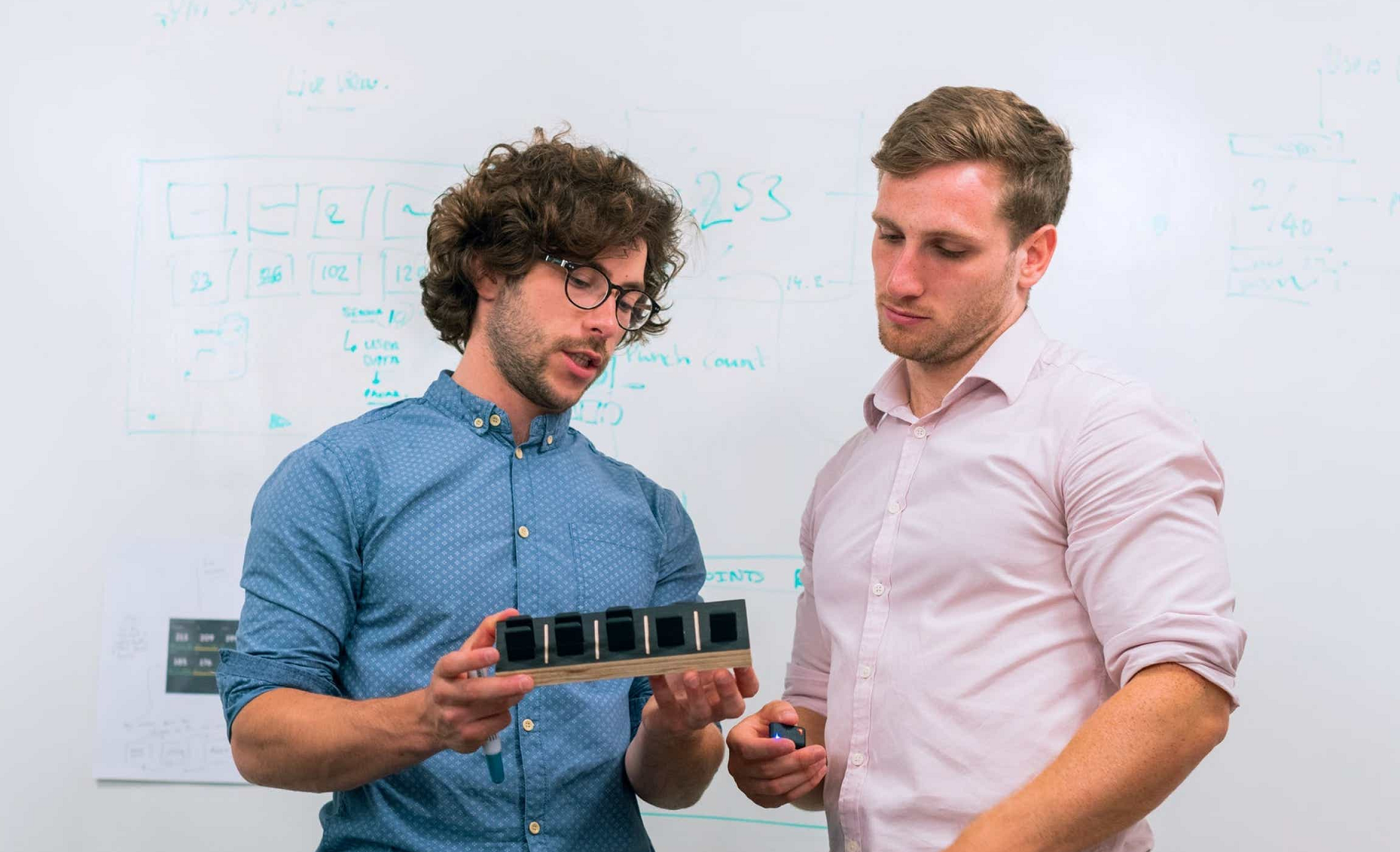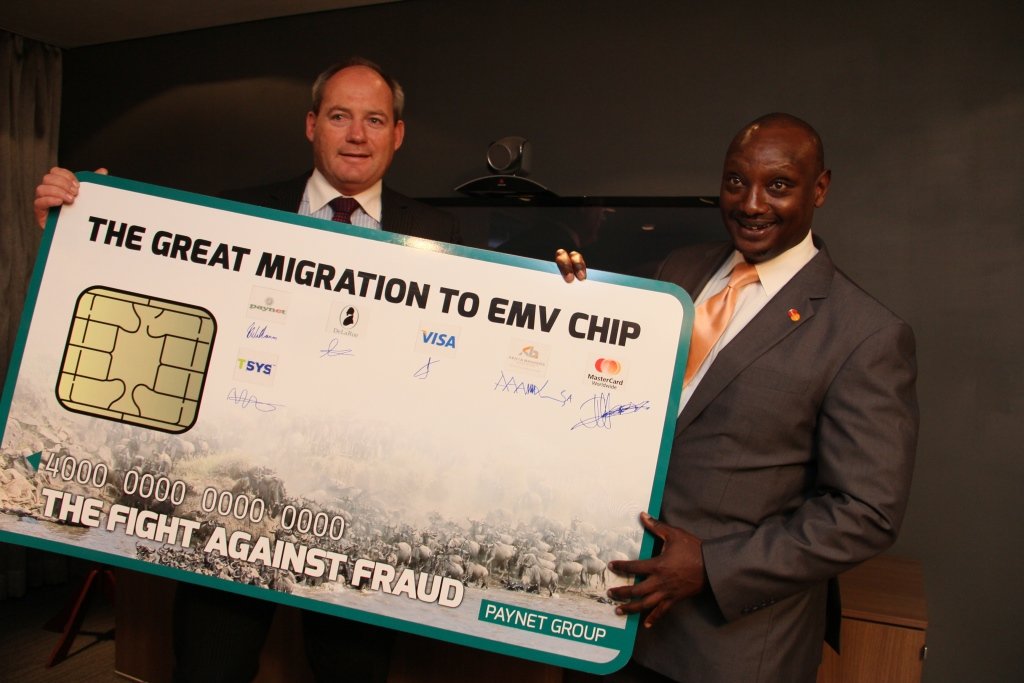Product development in the consumer packaged goods (CPG) industry is a dynamic, multi-faceted process, demanding a rich blend of creativity, strategy, and precision. As markets become increasingly competitive, understanding the intricacies of this process is paramount for businesses aiming to stand out. This article delves into the essential elements that shape CPG product development.
 Market Research
Market Research
Fundamentally, successful product development begins with thorough market research. A comprehensive understanding of consumer preferences, competitive landscapes, and current market trends lays the foundation for creating products that truly resonate with target audiences. Companies need to leverage both qualitative and quantitative data, discerning the valuable insights that guide product ideation and design.
Consumer Insights
Consumers are the lifeblood of the CPG industry. Understanding their needs, motivations, and buying behaviors is vital for product development. Consumer insight groups use various methodologies, from focus groups to surveys, to gather this crucial information. Quantitative customer behavior can also be analyzed by a tool like Repeat Customer Insights to find hidden behaviors and trends. The collected data then helps in crafting products that not only meet consumer needs but also forge emotional connections, enhancing brand loyalty.
Ideation
Once armed with market and consumer insights, the product development process shifts to ideation. Here, businesses brainstorm potential product concepts aided by creative thinking techniques like mind mapping and SCAMPER. The most successful ideation sessions are often characterized by diverse teams, fostering a fertile environment for fresh and innovative ideas.
Prototype Development
Following ideation, companies translate concepts into tangible prototypes. This step enables businesses to visualize their ideas, scrutinize the design, and fine-tune functionalities before launching into full-scale production. Creating multiple prototypes can also offer a variety of options for testing and refining.
Product Testing
Testing is an integral component of product development, ensuring that the final product aligns with consumer needs and market expectations. Companies employ methods like A/B testing, consumer trials, and beta testing to assess product viability. This phase provides an opportunity to iron out potential flaws and enhance the product’s overall quality and appeal.
Cost Analysis
Product development isn’t merely about designing an appealing product; it’s also about developing a profitable one. Hence, cost analysis comes into play. Businesses need to estimate manufacturing costs, pricing strategies, and potential profit margins. This financial foresight helps strike a balance between product quality and cost-effectiveness, securing profitability in the long run.
Manufacturing and Supply Chain Management
Streamlining manufacturing and supply chain processes is pivotal to efficient product development. Effective coordination between production facilities, suppliers, and logistics providers ensures a smooth transition from product design to market delivery. Moreover, diligent supply chain management minimizes production hiccups and maintains consistent product availability.
Collaborative Platforms
Digital services are transforming the CPG product development landscape. These platforms facilitate seamless collaboration between product developers, manufacturers, and retailers, streamlining workflows and reducing development time. Using platforms like RIVIR for product development simplifies communication, enhances transparency, and fosters innovation, making this type of platform a valuable resource in modern CPG product development.
Regulatory Compliance
In the CPG industry, regulatory compliance is a critical consideration. Manufacturers must adhere to stringent safety standards, labeling laws, and quality controls set by regulatory bodies. Overlooking this aspect can result in hefty fines, product recalls, or tarnished brand reputations.
Sustainability and Ethics
As consumers become increasingly conscious of the environmental and societal impacts of their purchases, sustainability, and ethics are emerging as critical factors in product development. Today’s CPG businesses need to consider aspects such as sustainable sourcing, recyclable packaging, and fair trade practices. Incorporating these elements into the product development process not only aligns with consumer values but also contributes positively to the brand’s reputation and societal impact.
Marketing and Launch
A well-conceived product deserves a well-executed launch. Strategic marketing campaigns generate buzz, pique consumer interest, and position the product favorably in the market. From traditional media advertisements to social media influencers, effective marketing is essential to the successful launch and long-term viability of a CPG product.
Post-Launch Evaluation
After a product’s launch, the process doesn’t simply conclude. A crucial part of CPG product development involves post-launch evaluation. This analysis includes monitoring product sales, gathering customer feedback, and assessing overall market response. Such evaluations provide invaluable insights into the product’s performance, revealing areas of success and pinpointing potential opportunities for improvement. This iterative approach ensures continuous learning and improvement, a fundamental aspect of thriving in the dynamic CPG industry.
Final Analysis
Product development in the consumer packaged goods industry is an intricate dance of creativity, strategy, and meticulous execution. Whether it’s delving into market trends, harnessing consumer insights, or navigating regulatory landscapes, each aspect plays a vital role in sculpting products that captivate consumers and drive business growth.

Founder Dinis Guarda
IntelligentHQ Your New Business Network.
IntelligentHQ is a Business network and an expert source for finance, capital markets and intelligence for thousands of global business professionals, startups, and companies.
We exist at the point of intersection between technology, social media, finance and innovation.
IntelligentHQ leverages innovation and scale of social digital technology, analytics, news, and distribution to create an unparalleled, full digital medium and social business networks spectrum.
IntelligentHQ is working hard, to become a trusted, and indispensable source of business news and analytics, within financial services and its associated supply chains and ecosystems




























